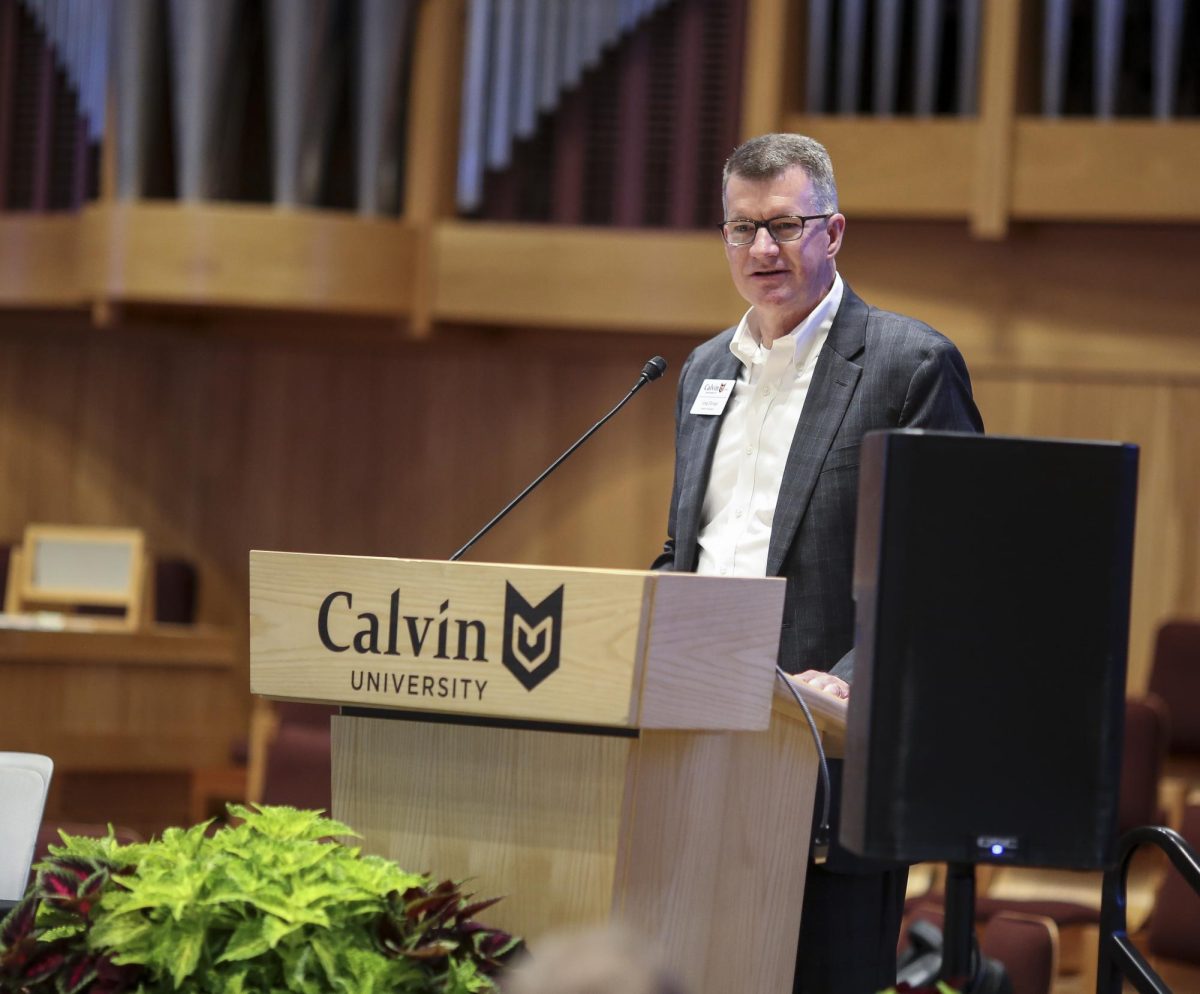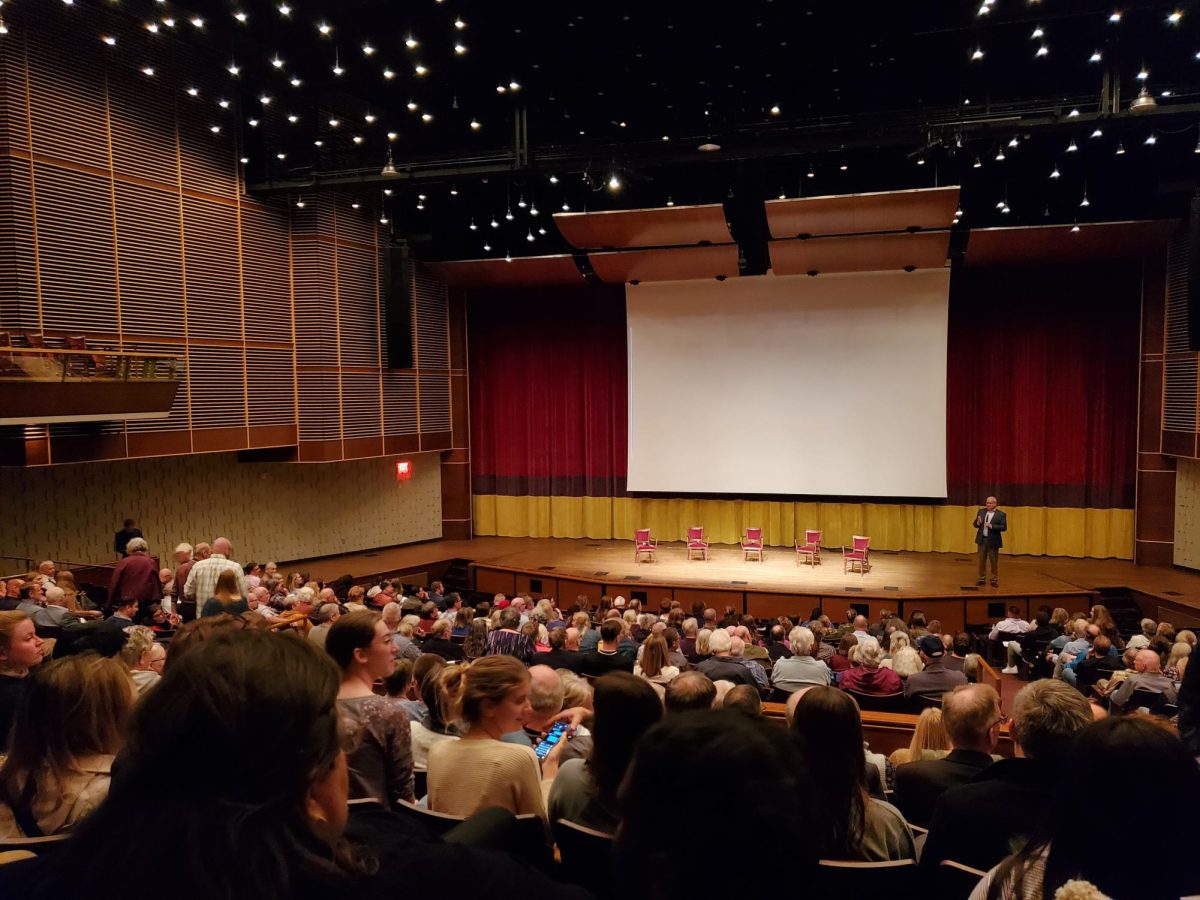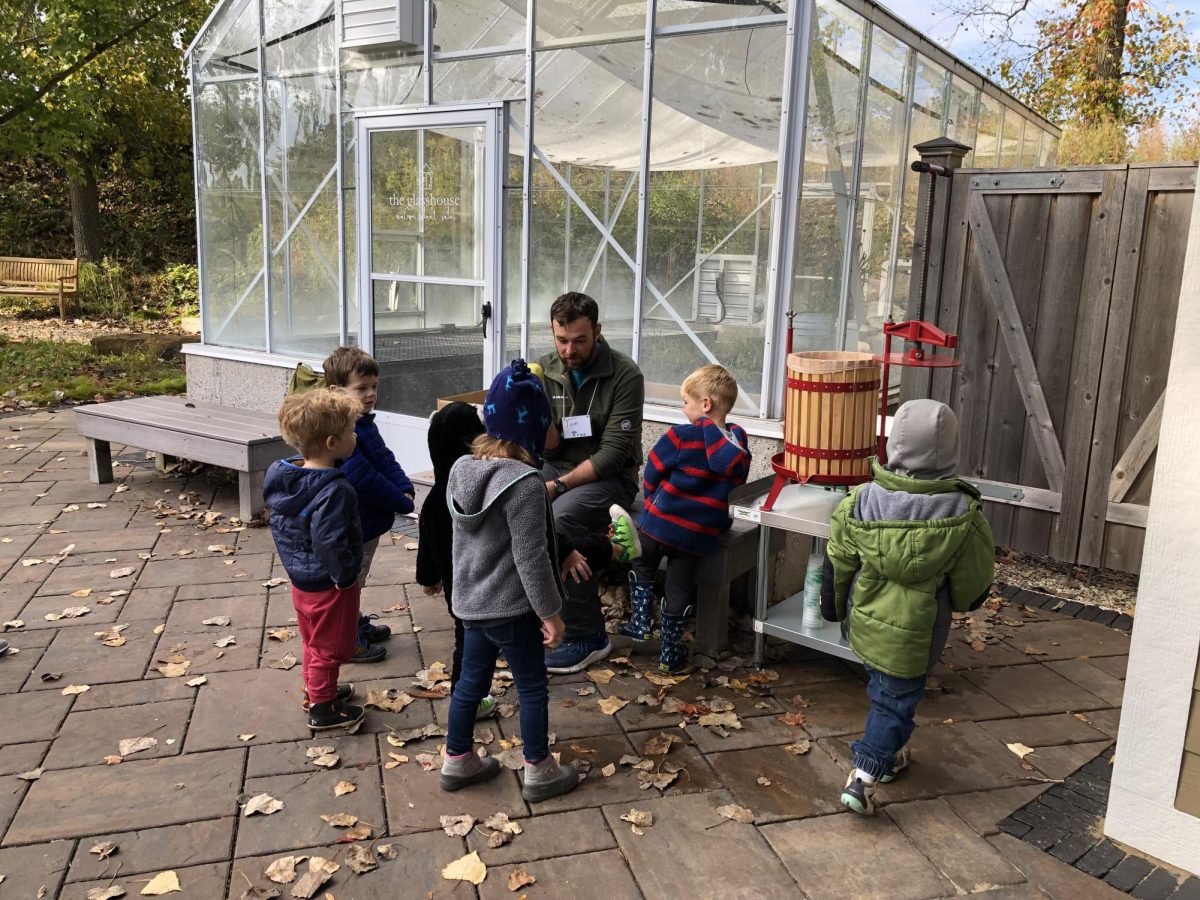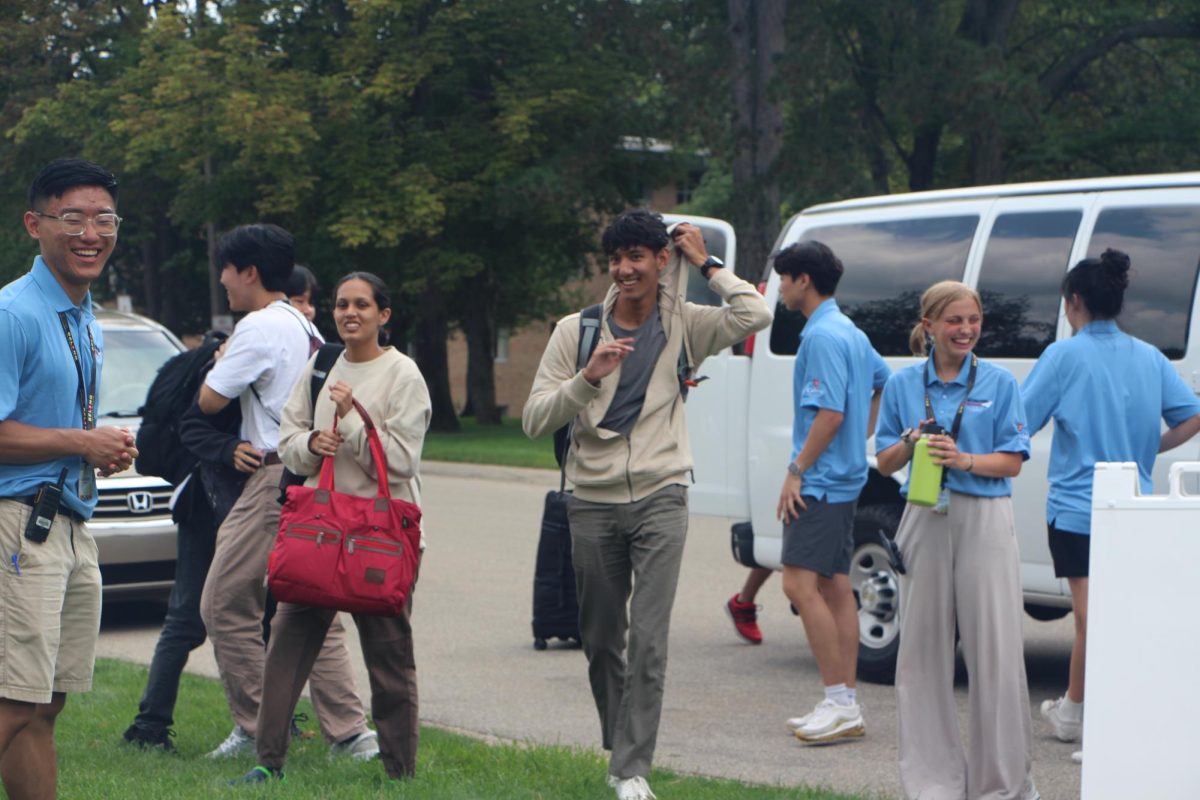More than six million citizens of the U.S. suffer from neurodegenerative diseases like Parkinson’s disease and Alzheimer’s disease. If the research that junior Caleb Uitvlugt helped work on is any indication, those numbers could eventually stop growing.
A chemistry and mathematics double major, Uitvlugt spent half of the summer studying the impact of organic molecules called catechols on the oxidation and reduction potentials of a metal ion. The catechols are what could stop diseases like Alzheimer’s.
“If we can increase the concentration of catechols, we could potentially help prevent neurodegenerative diseases,” Uitvlugt said.
In order to measure the bond between metal ions and the catechols, Uitvlugt spent much of his daily routine working with a machine called a potentiostat.
“[The potentiostat] measures the oxidation and reduction potentials of whatever you put in the vial,” Uitvlugt explained. “So if you put a metal ion in the vial, it will give you a specific current at which that metal ion changes from + to 2+ and 2+ back to +.”
Uitvlugt ran numerous tests a day, sometimes performing more than three tests on a specific sample.
“Each test took two minutes,” said Uitvlugt. “I would make up the vials in varying concentrations of the metal ion, so I would have six or so vials to do in a given afternoon.”
Uitvlugt also had to make sure that the results of each test were consistent, a task that often doubled the time it took for the tests to occur, he said.
In addition to his research on the bond between metal ions and catechols, Uitvlugt spent part of his time as a student researcher writing a paper on the findings of his advisor, chemistry professor Chad Tatko.
Tatko’s research focused on a set of peptides he had synthesized into a beta hairpin, a structure of proteins and amino acids made to resemble a hairpin. The differences between the amino acids and peptides and their impact on the beta hairpin made up the basis of Uitvlugt’s paper.
While he spent the paper-writing process on his own, Uitvlugt appreciated the presence of other student researchers during his work with the potentiostat.
“I would explain what I was doing to the other students, and [therefore] get a firmer grasp of what I was doing in my own head,” said Uitvlugt. “I could see how my research was connected to others.”
The excitement of working on that which hasn’t yet been done is part of the thrill of research for Uitvlugt.
“Research is interesting because your reactions may fail, your tests may be inconclusive and you may go home after a week of hard work having generated no useful data,” Uitvlugt explained. “You always learn, even from your mistakes.”
For Uitvlugt, science research is a never-ending experience.
“Research is exciting because it is a process,” he said. “It doesn’t ever end; it just opens new doors.”












